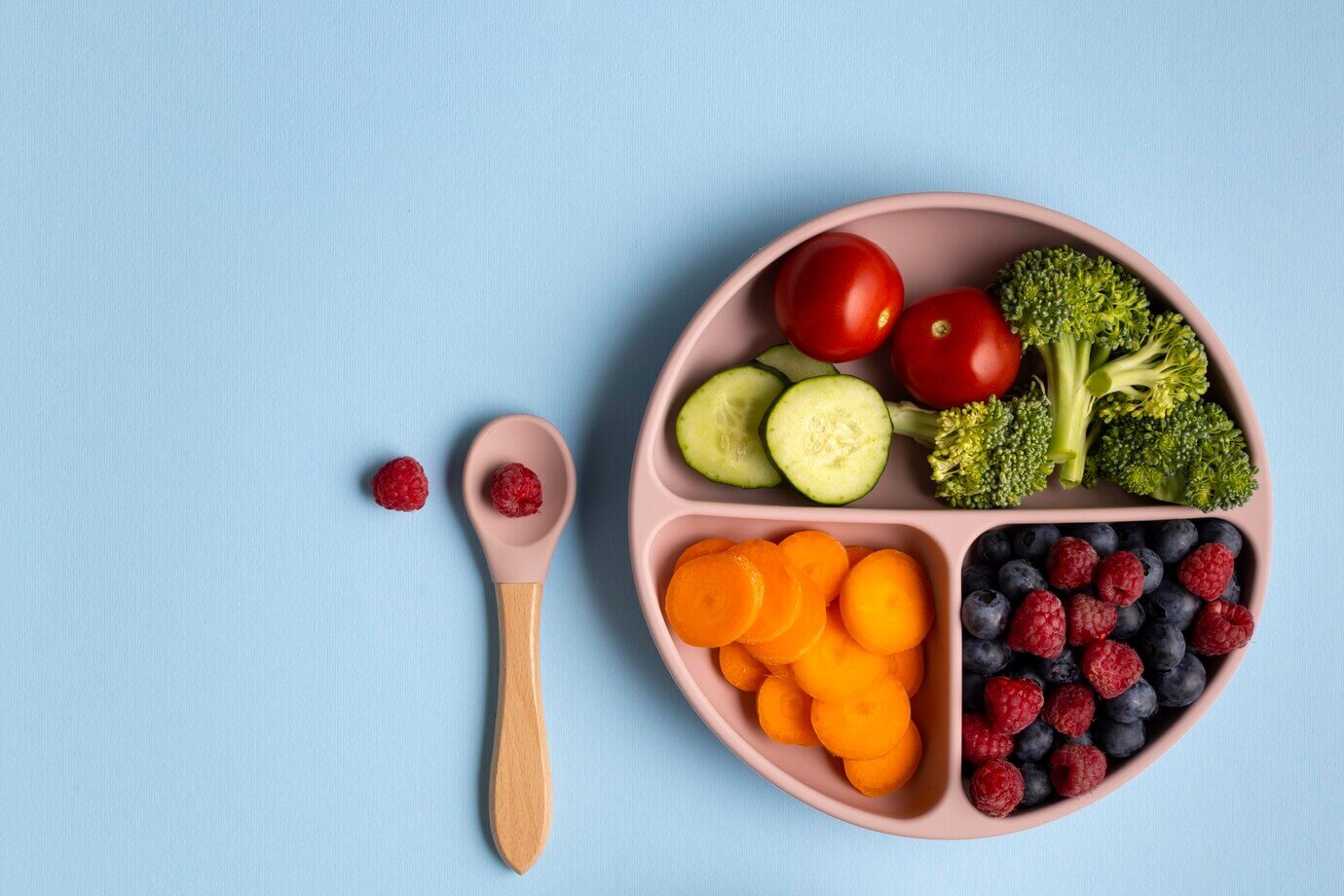As your vegan baby reaches the age of 6 to 12 months, you may be wondering how to transition them from a primarily milk-based diet to solid foods. This period is an exciting milestone in your child’s development, and it’s essential to ensure they receive the necessary nutrients for healthy growth. In this guide, we will explore the process of introducing solids to vegan babies, offering valuable tips and insights along the way.
When to Start
Around the age of 6 months, most babies show signs of readiness for solid foods. These signs include the ability to sit up with support, showing interest in what others are eating, and having good head control. It’s crucial to consult with your pediatrician before introducing solids to ensure your baby is developmentally ready.
Nutrient Considerations
Vegan diets can provide all the necessary nutrients for a growing baby, but careful planning is essential. Here are some key nutrients to focus on:
1. Protein: Ensure your baby receives an adequate amount of protein from sources like tofu, lentils, chickpeas, and quinoa. Breast milk or a suitable plant-based formula can still be a significant protein source.
2. Iron: Iron-rich foods such as fortified cereals, beans, and dark leafy greens are essential to prevent iron deficiency anemia.
3. Calcium: Fortified plant-based milk or calcium-fortified foods like tofu and leafy greens can provide the calcium needed for bone development.
4. Vitamin B12: Since vitamin B12 is not found in plant-based foods, a B12 supplement or fortified foods should be part of your baby’s diet.
5. Healthy Fats: Avocado, nut butters, and flaxseed oil are excellent sources of healthy fats necessary for brain development.
6. Vitamin D: Consider a vitamin D supplement, especially if your baby has limited sun exposure.
Getting Started
When introducing solids to your vegan baby:
1. Choose Single-Ingredient Foods: Begin with simple, single-ingredient foods like mashed bananas, cooked and mashed sweet potatoes, or pureed peas. This helps identify any potential allergies or sensitivities.
2. Gradually Increase Texture: As your baby becomes comfortable with purees, gradually introduce foods with more texture. This encourages the development of chewing and swallowing skills.
3. Variety is Key: Offer a wide variety of plant-based foods to ensure your baby receives a broad range of nutrients. Experiment with different fruits, vegetables, grains, and legumes.
4. Monitor Allergies: Be mindful of common allergens like nuts and soy. Introduce them one at a time, and watch for any adverse reactions.
5. Breastfeed or Formula Feed: Continue breastfeeding or providing formula as the primary source of nutrition until your baby is at least 1 year old.
Meal Ideas
Here are some meal ideas suitable for vegan babies:
- Oatmeal: Cooked oats with mashed banana and a sprinkle of ground flaxseed.
- Avocado Mash: Mashed avocado with a pinch of nutritional yeast for added flavor.
- Sweet Potato Puree: Cooked and mashed sweet potatoes with a dash of cinnamon.
- Lentil Puree: Cooked and blended lentils with a hint of olive oil.
- Pea Puree: Steamed peas pureed for a smooth texture.
- Tofu Tidbits: Soft tofu cubes for self-feeding practice.
Conclusion
Introducing solids to your vegan baby is an exciting journey that requires careful planning and attention to their nutritional needs. By focusing on nutrient-rich foods, gradual texture progression, and variety in their diet, you can ensure your baby receives all the essential nutrients for healthy growth and development. Consulting with a pediatrician or registered dietitian who specializes in pediatric nutrition can provide you with personalized guidance and peace of mind as you navigate this important transition.
